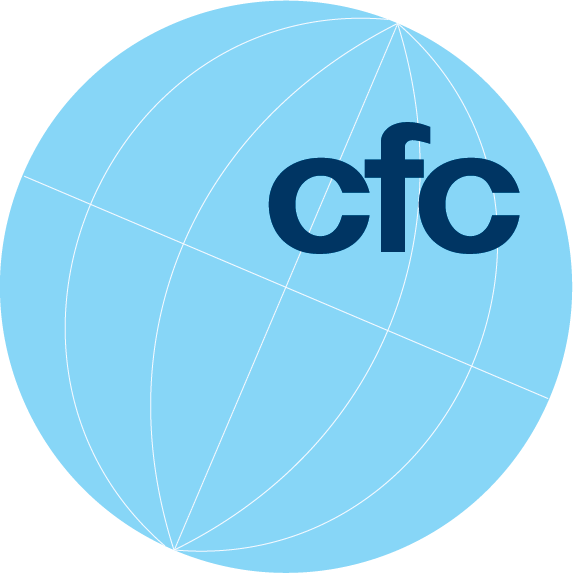Rail transit is a tool and major catalyst for economic development and private sector investment, and an absolute necessity for major, global cities, which Cleveland should aspire to be once again. After decades of stagnancy, Cleveland needs vision and a transformative project that will truly change its future trajectory.
A short, 1.7-mile realignment of the RTA Red Line between Tower City and East 34 St. to provide three Downtown subway stations—at E. 9-Prospect, E. 17-Euclid, and E. 22-Community College Ave—would transform Cleveland—not just Downtown, but the entire City and Region. With infrastructure a key priority of the Biden administration and with over $4 trillion aimed at economic recovery, the opportunity for construction of the subway is more achievable now than at any time in decades. The project would help the City resume its trajectory of economic and population growth and regain its global significance.
The benefits are profound and far reaching—well beyond simply improved transportation and air quality. The subway will not only enable, but also induce economic activity and growth. The subway will allow for increased density, enable better uses of constrained land, increase property values, result in stronger demand for real estate near stations, attract a deeper talent pool for companies region-wide, increase local economic competitiveness, produce higher income and property tax revenues for local governments and school districts, and enable a higher quality of life for residents.
Continual rejection since the 1950s of a Downtown Cleveland subway—despite Cuyahoga voters passing a bond issue for one in 1953—has limited development and contributed to continual city and regional population decline, reduction of the city’s economic relevancy and global stature, and decrease of the region’s economic competitiveness. There is certainly a cost of not building the subway.
To that end, please see—and support—our just-released report, Red Line Realignment: A New Subway Plan for Downtown Cleveland.

